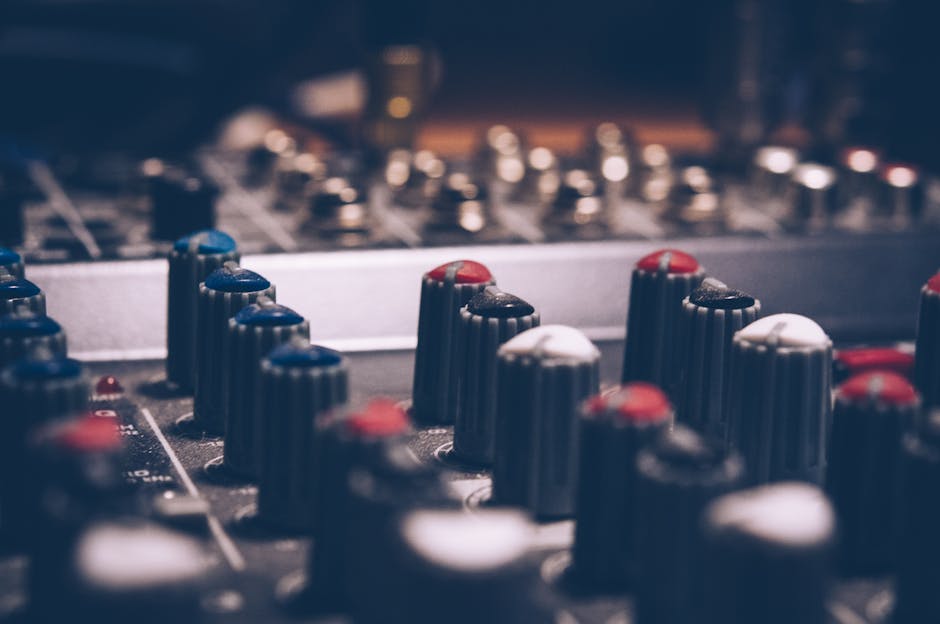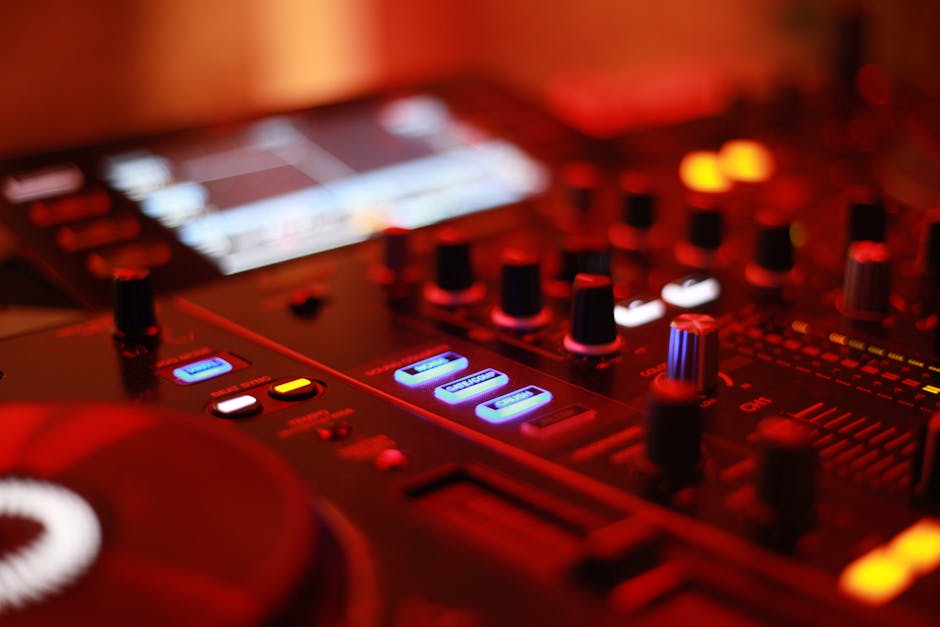The Ultimate Guide to Concert Audio Equipment: From Microphones to Mixing Consoles
Understanding the Essentials of Concert Audio Equipment
Producing a captivating live concert experience hinges on meticulous audio engineering. The quality of the sound, whether it’s the soaring vocals of a lead singer or the thunderous bass of a drum kit, directly impacts the audience’s enjoyment and the overall success of the event. This comprehensive guide delves into the crucial elements of concert audio equipment, providing insights into their functionalities and helping you understand how to choose the right tools for your next concert.
Microphones: Capturing the Sound Source
Microphones are the foundation of any live sound system. They are responsible for converting acoustic sound waves into electrical signals that can then be amplified and processed. The choice of microphone significantly affects the final sound quality. Several types are commonly used in concert settings:
- Dynamic Microphones: Robust and durable, dynamic mics are ideal for handling high sound pressure levels (SPL), making them perfect for capturing loud instruments like drums, guitars, and vocals in high-energy performances. Their resilience to feedback and relatively low cost make them a popular choice.
- Condenser Microphones: Known for their sensitivity and wide frequency response, condenser mics capture subtle nuances and are excellent for recording vocals, acoustic instruments, and delicate sounds. They require phantom power and are typically more expensive than dynamic mics.
- Ribbon Microphones: Offering a unique and warm sound with a vintage character, ribbon mics excel in capturing the delicate textures of instruments like acoustic guitars and horns. They are, however, more fragile and susceptible to damage from high SPL.
Microphone placement is also critical. Careful positioning can significantly improve the clarity and quality of the sound. Experimentation and experience are vital to mastering microphone techniques.
Mixing Consoles: The Heart of the System
The mixing console is the central hub of the concert audio system. It allows sound engineers to control the levels, equalization (EQ), and effects of individual microphones and instruments, ultimately shaping the overall sound of the performance. Different types of mixing consoles cater to various needs and budgets:
- Analog Mixing Consoles: Offering a warm and intuitive workflow, analog consoles provide direct control over sound shaping through physical knobs and faders. They are often preferred for their responsiveness and tactile feel but can be bulky and expensive.
- Digital Mixing Consoles: Digital consoles offer flexibility and advanced features like extensive processing, recall capabilities, and automation. Their compact size and ability to store and recall mixes are advantageous, though the steep learning curve might present a challenge for beginners.
Understanding the various functions of a mixing console – including gain staging, EQ, compression, and effects – is essential for any sound engineer. Proper training and experience are crucial to effectively utilize these tools.
Speakers and Amplification: Delivering the Sound
Speakers and amplifiers are the final components in the audio chain, responsible for converting the electrical signals from the mixing console into sound waves that the audience can hear. The selection of speakers depends on several factors, including the size of the venue, the type of music being played, and the desired sound quality.
- PA Speakers (Public Address): These speakers provide the main sound reinforcement for the audience. Various sizes and configurations are available, ranging from small portable systems for intimate settings to large-scale line arrays for stadiums.
- Monitor Speakers (Stage Monitors): These speakers provide onstage sound for the performers, allowing them to hear themselves and other instruments clearly. Various types of monitors, including wedge monitors and in-ear monitors (IEMs), cater to different needs and preferences.
- Subwoofers: These speakers reproduce low-frequency sounds, enhancing the bass response and providing a powerful foundation for the overall mix. They are particularly crucial in genres like hip-hop, electronic music, and rock.
Amplifiers power the speakers, ensuring sufficient volume and clarity. The choice of amplifier depends on the impedance and power requirements of the speakers.
Signal Processing: Shaping the Sound
Signal processing tools play a crucial role in shaping the sound of a concert. These tools enhance the quality, clarity, and overall impact of the audio:
- Equalizers (EQ): EQs adjust the balance of different frequencies in the audio signal, boosting or cutting specific frequencies to enhance clarity, warmth, or other aspects of the sound.
- Compressors: Compressors reduce the dynamic range of a signal, making loud sounds quieter and soft sounds louder. This creates a more even and consistent sound.
- Gate/Expanders: Gates reduce or eliminate unwanted background noise, while expanders increase the dynamic range, making quiet sounds more prominent.
- Effects Processors: Effects processors add various effects to the audio signal, such as reverb, delay, chorus, and distortion, enhancing the creative possibilities.
Careful application of these tools can greatly improve the quality and artistic expression of the music.
Wiring and Cabling: Ensuring Signal Integrity
Proper wiring and cabling are vital for ensuring signal integrity. High-quality cables minimize signal loss and noise interference. Understanding cable types (XLR, TRS, RCA) and their applications is crucial for a successful setup.

Choosing the Right Equipment for Your Concert
Selecting the right concert audio equipment requires careful consideration of several factors:
- Budget: Setting a realistic budget is crucial, as concert audio equipment can range from affordable to extremely expensive.
- Venue Size: The size of the venue significantly impacts the choice of speakers and amplification. Larger venues require more powerful systems.
- Genre of Music: Different genres of music have different requirements for sound reinforcement. For instance, a rock concert requires a different setup than a classical music performance.
- Technical Expertise: The level of technical expertise of the sound engineer should be considered when selecting equipment. Simple systems are suitable for beginners, while more complex systems might be better for experienced engineers.
Troubleshooting Common Audio Issues
Despite careful planning, audio issues can arise during a concert. Knowing how to troubleshoot common problems is essential:

- Feedback: Feedback, a high-pitched squeal, is caused by a microphone picking up the sound from the speakers. Adjusting microphone placement, EQ, or gain can resolve this.
- Low Volume: Low volume can be due to insufficient amplification, improper gain staging, or faulty equipment. Check all connections and ensure proper levels.
- Distortion: Distortion, a harsh, unpleasant sound, is caused by overloading the amplifiers or speakers. Reduce the volume or replace faulty components.
The Future of Concert Audio Equipment
Technological advancements continue to reshape concert audio equipment. The integration of digital technologies, wireless systems, and advanced signal processing offers greater flexibility, efficiency, and creative possibilities. New trends include immersive audio technologies like Dolby Atmos, providing a more realistic and engaging listening experience.

This guide serves as a foundation for understanding the complexities of concert audio equipment. Continuous learning, hands-on experience, and staying abreast of industry trends are crucial for any aspiring or experienced audio engineer aiming to deliver a truly exceptional concert experience.



